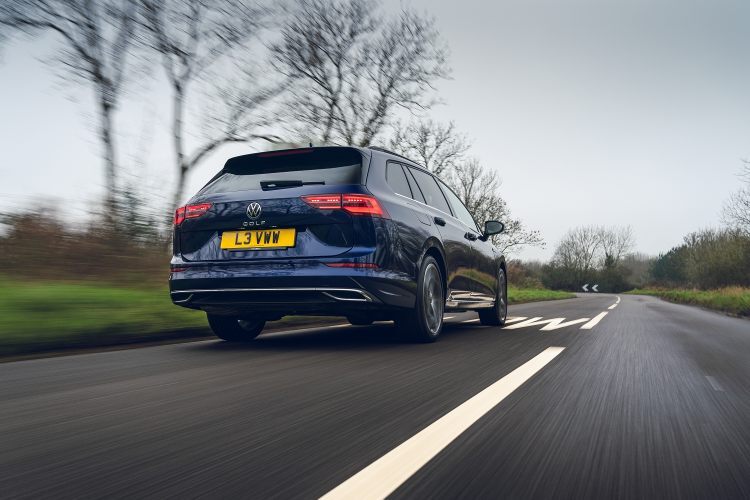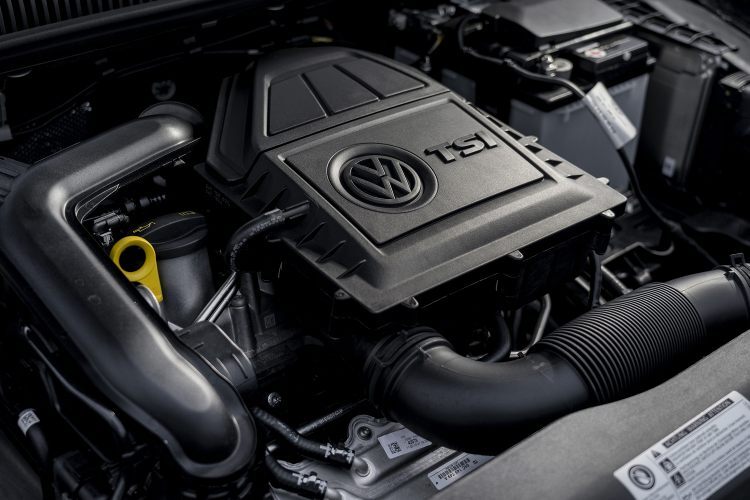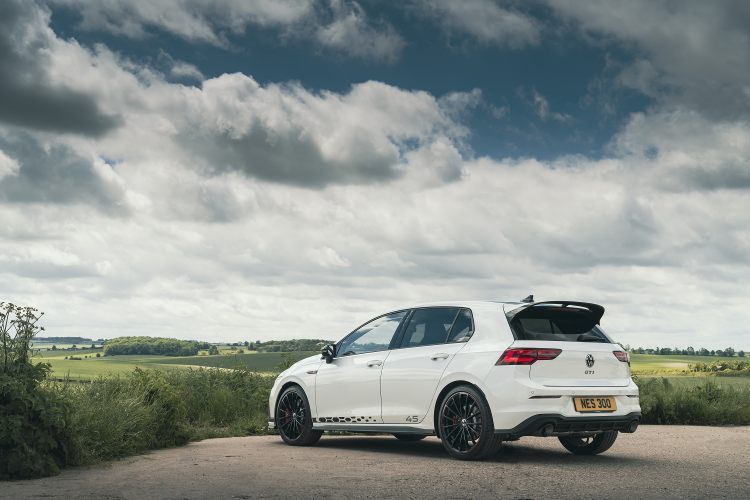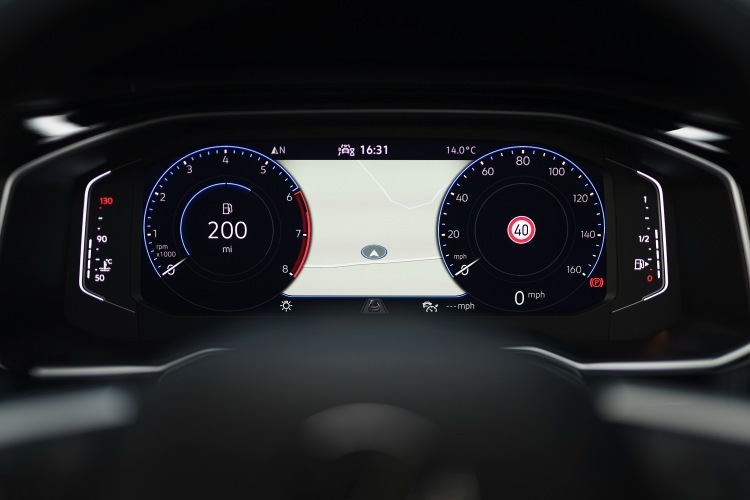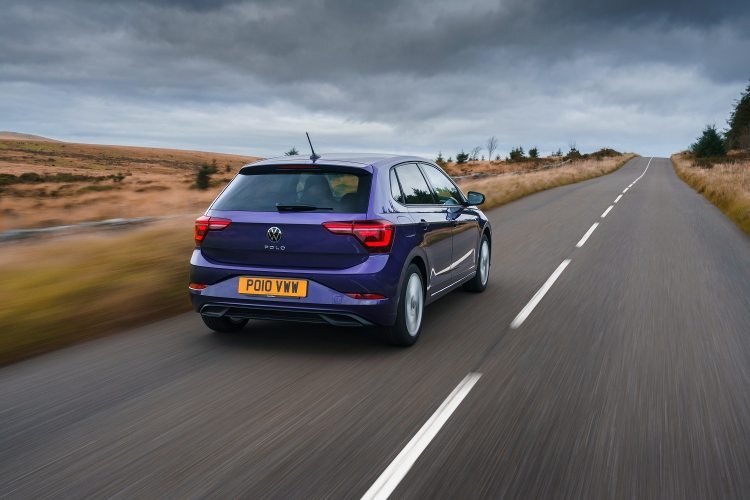Tough Tested: Toyota Hilux vs Ford Ranger – Which One Should You Drive?
🚙 Battle of the Bakkies: Toyota Hilux vs Ford Ranger – Which One Should You Drive Home? 🔧
When it comes to picking the perfect bakkie for Southern African roads, two names always top the list: the Toyota Hilux and the Ford Ranger. Known for their rugged reliability and all-round performance, these two titans dominate the bakkie market in Botswana, Zambia, Mozambique, and beyond.
But which one is right for you? Let’s break it down and see how they compare on performance, reliability, fuel consumption, and more.
✅ Similarities at a Glance
Both the Hilux and Ranger offer:
-
Double and single cab options
-
Powerful diesel engines
-
4x2 and 4x4 variants
-
High ground clearance for rough terrain
-
Modern safety and tech features
-
Great resale value
Whether you're heading to the farm, navigating city traffic, or towing a trailer to the village, both of these bakkies get the job done.
🛻 Toyota Hilux: The King of Reliability
Pros:
-
Proven durability: Known for lasting well beyond 300,000 km with proper maintenance.
-
Low maintenance costs: Parts are widely available across the SADC region.
-
Resale value: Hiluxes hold their value extremely well.
Cons:
-
Stiffer ride: Some users find it less comfortable on tar roads.
-
Conservative styling: While tough, it doesn’t turn as many heads as the Ranger.
Fuel Consumption:
Around 7.6 to 8.5 L/100 km for the 2.4L diesel engine — efficient for a workhorse.
🛻 Ford Ranger: Tech-Savvy and Comfortable
Pros:
-
Modern interior: Feels more like an SUV than a utility vehicle.
-
Smooth ride: Excellent suspension and road comfort.
-
Strong performance: Especially the 2.0L bi-turbo and 3.2L models.
Cons:
-
Higher maintenance costs: Ford parts and servicing can be pricier.
-
Complex electronics: More tech means more things that could potentially fail.
Fuel Consumption:
The 2.0L bi-turbo averages 7.4 to 8.0 L/100 km — slightly better than the Hilux depending on the model.
🔧 Reliability Showdown
-
Hilux takes the crown for long-term durability and easy servicing.
-
Ranger wins in comfort, features, and driving pleasure.
💡 Other Considerations
-
Payload & Towing: Both can tow over 3,000 kg and handle heavy loads.
-
Tech Features: Rangers often come with features like Apple CarPlay, digital displays, and lane assist.
-
Appearance: Ranger has a more aggressive, urban look; Hilux maintains its rugged, no-nonsense style.
🛒 So, Which Bakkie Should You Choose?
-
Choose the Toyota Hilux if you want rock-solid reliability, lower long-term costs, and proven performance across any terrain.
-
Choose the Ford Ranger if comfort, style, and high-tech features are your priority.
🚗 Order Your Bakkie Today with Adeco Auto Exports!
Whether you're team Hilux or team Ranger — or even looking for a solid Japanese import like a Nissan Navara, Isuzu D-Max, or Mitsubishi Triton — we've got you covered.
At Adeco Auto Exports, we make vehicle buying safe, simple, and stress-free. From Durban to Gaborone, Lusaka, Maputo, and Harare, we deliver quality rides right to your doorstep.
👉 Place your order today and join the hundreds of happy clients cruising in quality vehicles from Adeco!


